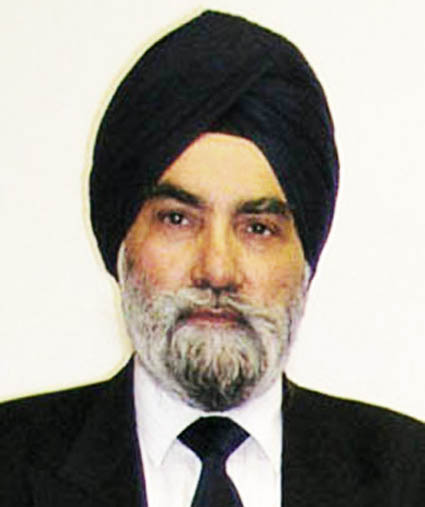Nanakpanthi (ਨਾਨਕਪੰਥੀ) Communities and Satkar for Guru Granth Sahib

On 11 January, 2023, members of the Indore-based Sindhi Community handed over 80 Sarups of Sri Guru Granth Sahib at Gurdwara Imli Sahib. Allegedly, they did this in the aftermath of a threat from a group of Nihang Singhs. Much concern was expressed by some prominent Sikhs including S Tarlochan Singh ex-MP and former National Minorities Commissioner and S Amardeep Singh from Singapore, known for his recording of documentary series on the travels of Guru Nanak Sahib.
Naturally, following such incidents, the global Sikh community expects clarification and guidance from central Sikh institutions led by Sri Akal Takht Sahib.
The Sindhi Community is one of the many Nanakpanthi communities now spread worldwide. It is difficult to define them. As the name signifies, they follow the teachings of Guru Nanak Sahib and believe in Sri Guru Granth Sahib. However, they also continue with the practices and ritualism of their background religions and sects.
According to one source, there are over 100 million Indian sects and tribes that follow both, Sikhism and Hinduism. We have the Sikligar, Banjara, Sindhi, Namdhari, Nirankari, Radha Soami, gurudoms, dera sects etc. Of these the Sindhi Sikhs number the most and they are now spread around in the Indian states of Gujarat, Madhya Pradesh, Rajasthan and Uttar Pradesh. Against these, the worldwide population of Sikhs who solely identify their religion as Sikhi is estimated between 25 to 30 million. A very large number of the over 120 million visitors to Darbar Sahib each year are Nanakpanthis.
So, many ethnicities and sects also follow the teachings of Guru Nanak and visit gurudwaras along with worshipping Hindu deities in mandirs. Most are counted as Hindus in the official census.
In this context, we need to understand the reasons for the Singh Sabha movement and why it became necessary to distinguish Sikhi from the Hindu conglomeration of sects and cults and to free the gurdwaras following great sacrifices. Why it became necessary for Sikh scholars like Bhai Kahn Singh Nabha to clarify, Hum Hindu Nahi (We Are Not Hindus).
The Sindhis and other Nanakpanthis are caught up in the middle and are being compelled to make choices. They need continual education and support. I suppose this happens in the history of evolving faiths. What goes on in Panjab and the rest of India affects the global Sikh community.
Regarding respect for Sri Guru Granth Sahib we need to refer to the Sikh Reht Maryada Article V (e) states: No book should be installed like and at par with the Guru Granth. Worship of any idol or any ritual or activity should not be allowed to be conducted inside the gurdwara. Nor should the festival of any other faith be allowed to be celebrated inside the gurdwara.
It is not clear if the Nanakpanthis including the Sindhis accord due respect to Guru Granth Sahib as above. One solution can be the employment of Amritdhari Sikhs to do the seva of Sri Guru Granth Sahib, Kirtan and Katha in gurdwaras attended by Nanakpanthis including the Sindhi Community.
After 1947, the Hindutva agenda to assimilate or at least bracket Sikhi with Hinduism, started to be implemented in the earnest. Clause 25 confusion followed. The Singh Sabha movement and sacrifices saved Sikhi and the Sikhs a theo-political entity (Sikh Qaum). The clock cannot be turned back.
Gurmukh Singh OBE
Principal Civil Servant Retd (UK)